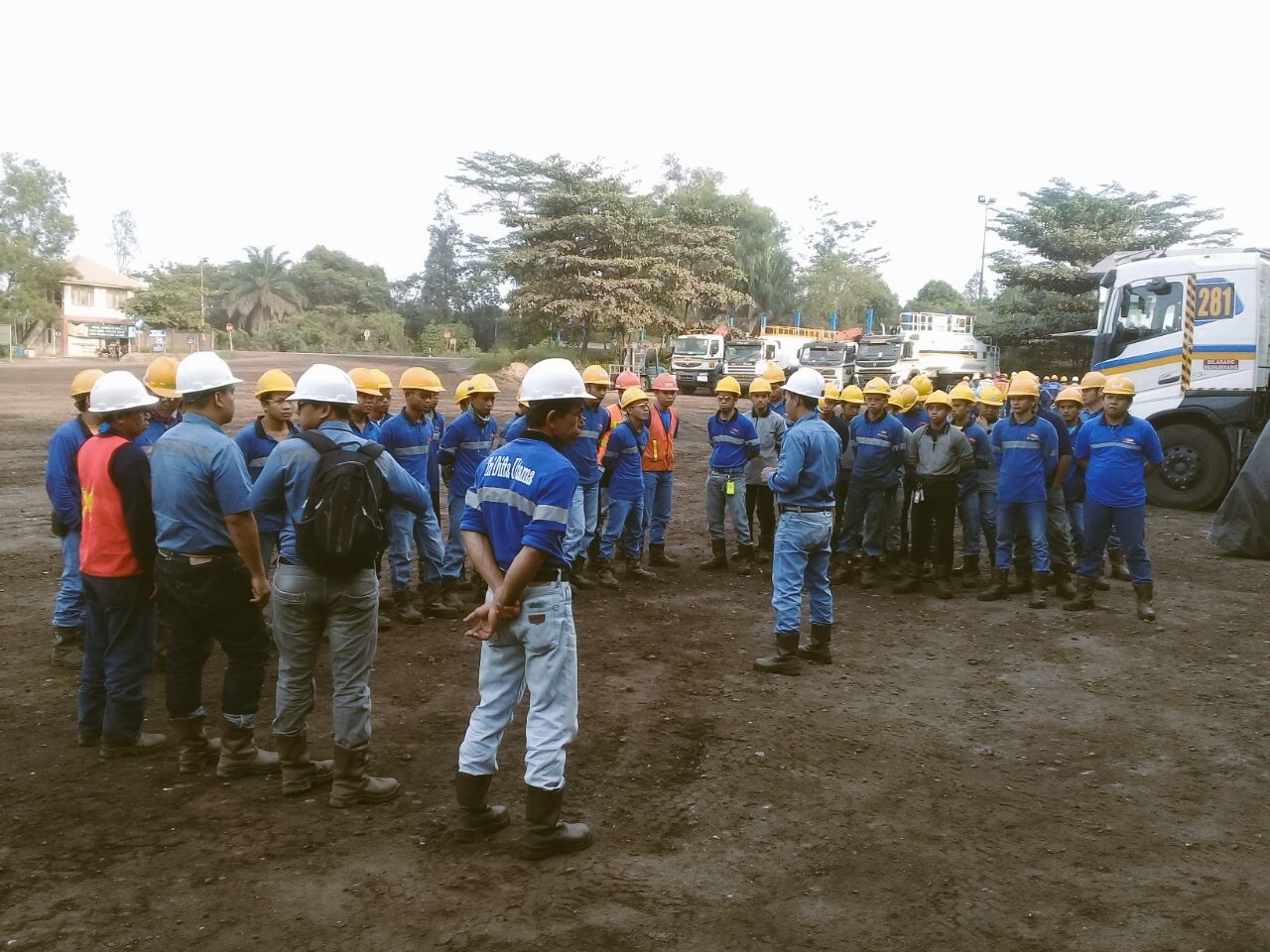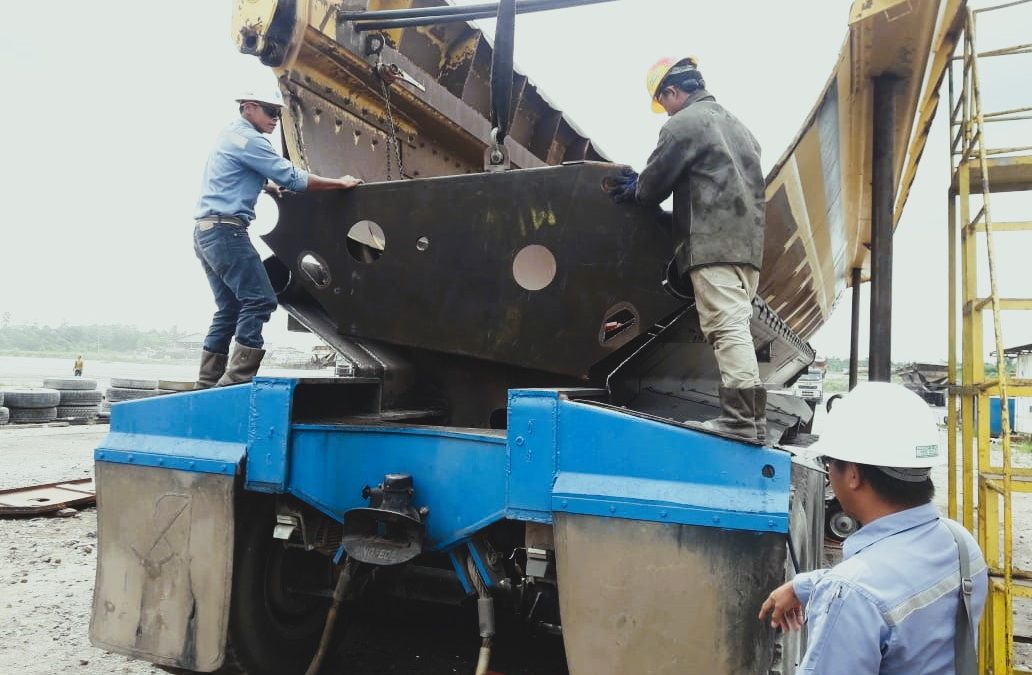The use of trailers in the heavy equipment industry plays an important role in the process of transporting and moving materials. However, without good communication and coordination, the use of trailers can be a safety risk. In this article, we will explain how important it is to have good communication and effective coordination in the use of trailers.
Why is Communication and Coordination So Important?
Safety should always be the top priority in the use of trailers and heavy equipment. Without good communication and coordination, the risk of serious accidents and incidents can increase significantly. Good communication between all parties, including the trailer driver, operator, plant team, logistics, and team members, is essential to convey information clearly.
Good coordination ensures that each task and responsibility is well organized and supports each other. By coordinating effectively, team members can work together, avoiding overlapping work or confusion that can lead to inefficiencies. Overall, good communication and coordination are the foundation for creating a safe and efficient work environment in the use of trailers.
Good communication and coordination reduce the risk of accidents, protect safety, and improve the efficiency of daily operations. In such a demanding industry, communication and coordination are key to achieving high levels of safety and maintaining optimal work processes.
Formation of a Communication and Coordination Team
To improve safety and efficiency in trailer use, it is important to form a communication team that involves all parties involved. The team can include the trailer driver, heavy equipment operator, project manager, logistics representative, plant team, and safety department. All team members should undergo training sessions on the importance of effective communication, the potential dangers of lack of coordination, and how to report incidents properly.
Each team member must understand their role and responsibilities in the ongoing communication and coordination process. For example, the trailer driver must report dangerous road conditions, while the operator must notify if there is a technical problem with the trailer. As a team, preparing and drafting a clear and concise communication protocol is essential. This protocol can include the communication tools to be used later, the frequency of reports, and emergency methods in critical situations.
Benefits of Ensuring Trailer Safety and Reliability
By prioritizing safety, we can reduce the risk of accidents and injuries that often occur due to inconsistencies in safety practices. Employees will feel safer and more confident in carrying out their duties, thereby increasing overall productivity. Ensuring trailer reliability can also avoid unwanted downtime, which can lead to decreased work efficiency and financial losses for the company.
Good communication and coordination involving all parties other than between drivers and operators, communication with the plant and logistics teams also has a high scale of importance, because good trailer performance (Physical Availability) is thanks to proper service planning and timely procurement of spare parts. With all the good communication of each department, breakdown units can be minimized so that effectiveness increases.
A safe and reliable work environment will increase employee morale and enthusiasm, creating a positive atmosphere in the workplace. That way, ensuring the safety and reliability of trailers not only protects employees from the risk of injury, but also has an overall positive impact on increasing efficiency, productivity, and the company’s reputation in the heavy equipment industry.

Conclusion
In the industrial world, safety must always be a top priority. Creating good communication and effective coordination in the use of trailers will help prevent accidents and increase operational efficiency. By forming a communication team that involves all stakeholders and ensures the implementation of proper protocols, companies can achieve higher levels of safety and become the best example in the industry. Remember, safety is a shared responsibility, and every small action can make a big difference.
Read more articles: Workplace Safety Training: A Long-Term Investment
